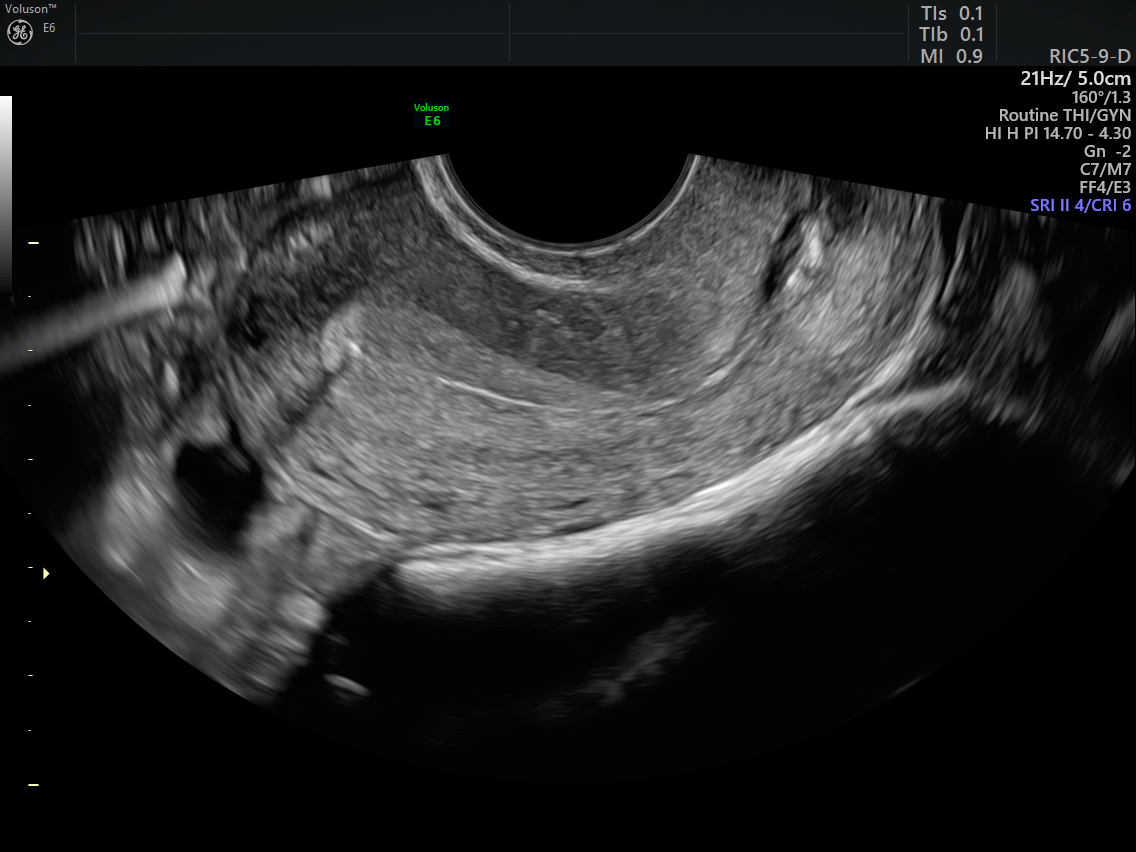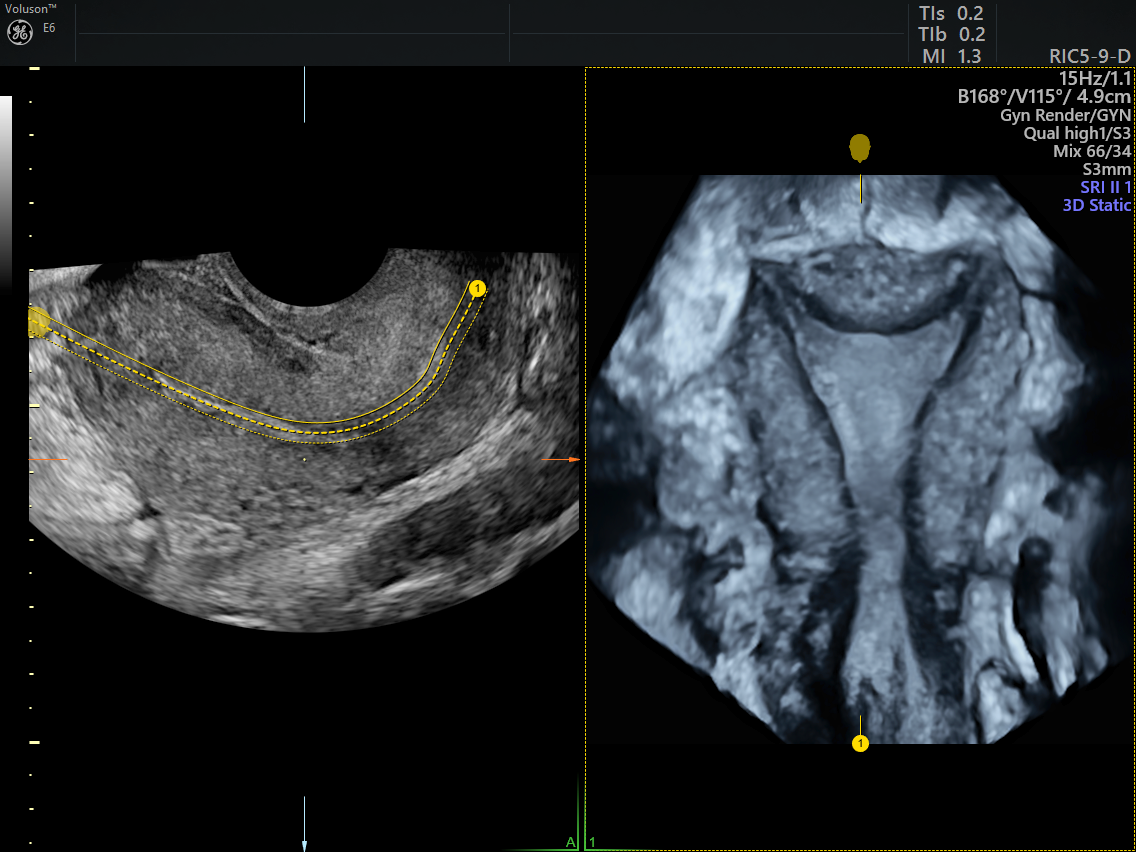Endometrial ablation is a procedure in which the inner uterine lining, or endometrium, is removed. It provides relief to women who suffer from heavy bleeding during their periods and is becoming more commonly used for the treatment of menorrhagia and dysmenorrhea.
The endometrial ablation procedure can also be used to reduce the symptoms of endometriosis, which frequently causes heavy, irregular and painful periods. Endometrial ablation for endometriosis can reduce pain and anemia in women who have not found relief from other treatments but do not want a hysterectomy.
Explaining the Endometrial Ablation Process to Patients
When discussing treatment options with patients with heavy, prolonged menstrual periods or endometriosis, uterine ablation is bound to come up somewhere after medication but before surgery. It has become an extremely effective treatment, as a review by the American Journal of Obstetrics and Gynecology found; of women who have had an ablation, 58 percent stopped having periods, 34 percent had a lighter flow and only 8 percent reported no change.
Before endometrial ablations, women with failed medical management of profuse bleeding had only one surgical option available to them: a hysterectomy. Fortunately, ablation is becoming a more routine treatment for menorrhagia and dysmenorrhea, as it is less invasive than other surgical options.
Doctors should alert patients to the fact that an endometrial ablation for endometriosis is not recommended for women in menopause or those who are planning on having children after the treatment, as the post-ablation endometrial lining will be replaced by scar tissue.
Before any uterine ablation, documenting and monitoring symptoms is necessary. Sonography is the modality of choice to evaluate and monitor patients prior to ablation and to follow up on any post-procedure complications.

2D ultrasound to evaluate the endometrium

Pelvic ultrasound using OmniView to evaulate the endometrium
Repeat Ablations for Endometriosis Patients
Endometrial ablations can successfully reduce heavy menstrual flow in up to 90 percent of cases, and they have a 90 percent patient satisfaction rate, according to MDedge. However, ablations can falter over time, with a failure rate of up to 26 percent at eight years post-procedure. This can be caused by many factors, such as regrowth of the endometrium, submucosal fibroids or polyps, an enlarged or abnormal uterine cavity, an ablation done in a young patient, parity of five or more, smoking, obesity or a prior C-section.
While a hysterectomy is sometimes performed after the failure of ablation, it is not the only option. Gynecological Surgery reports that abnormal uterine bleeding from benign causes can be safely and successfully treated by a repeat endometrial ablation.
Sonographic Findings Associated With Endometrial Ablations
Sonographers and clinicians need to be aware of the conditions associated with endometrial ablation and the variety of sonographic findings that may be present.
The most common post-procedure complications are the formation of a hematometra, residual islands of functioning endometrial tissue, post-ablation tubal sterilization syndrome, post-ablation endometriosis, a nonviable intrauterine pregnancy and other pregnancy complications.
Working with both an experienced sonographer and the right type of equipment can ensure that these assessments are easily done. A 3D ultrasound, in particular, offers improved contrast resolution and visualization of anatomy in any plane. This is especially helpful for visualizing the cornual areas of the uterus, as this is the most common site of endometrial tissue that can be missed during ablation.
Irregularly shaped structures within the uterus and endometrium, such as hematometras, can be viewed with detail when using Advanced VCI with OmniView. Radiantflow will provide fast, easy visualization of blood flow to suspected areas of endometrial tissue, fibroids, or for evaluating pregnancy complications. SlowflowHD can allow the visualization of very small vessels when assessing areas of suspected endometriosis.
Endometrial Ablation to Treat Menorrhagia
Endometrial ablation is not the right treatment for every patient suffering from heavy periods or painful endometriosis-related bleeding, but many prefer this option over long-term medication or the finality and risks of a hysterectomy.
Fertility and Sterility reports that women who choose to treat their menorrhagia by ablation are selecting hysteroscopic surgery because they would like to avoid major surgery, have a quicker return to normal function and prefer an outpatient procedure over a hospital stay.
When a woman is able to choose the treatment she feels most comfortable with and that suits her lifestyle best, it can build a stronger doctor-patient relationship.





